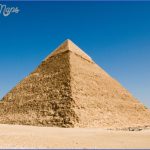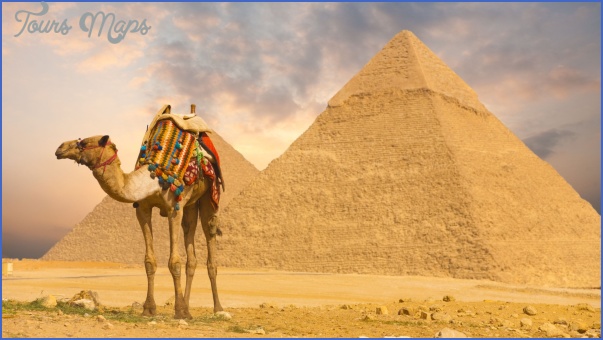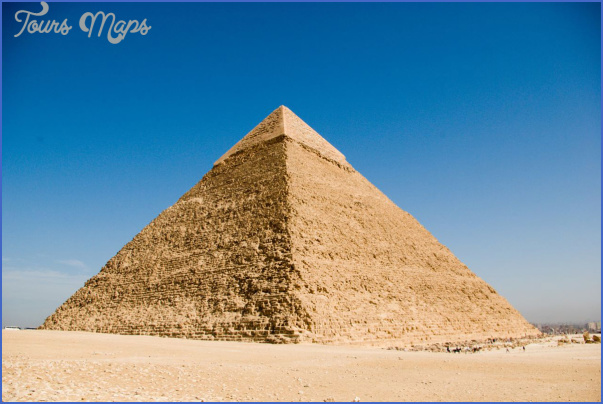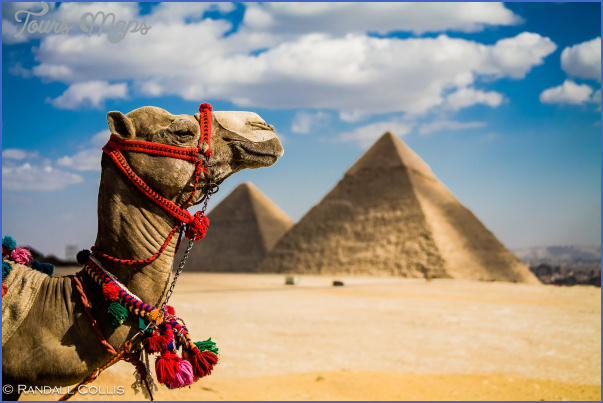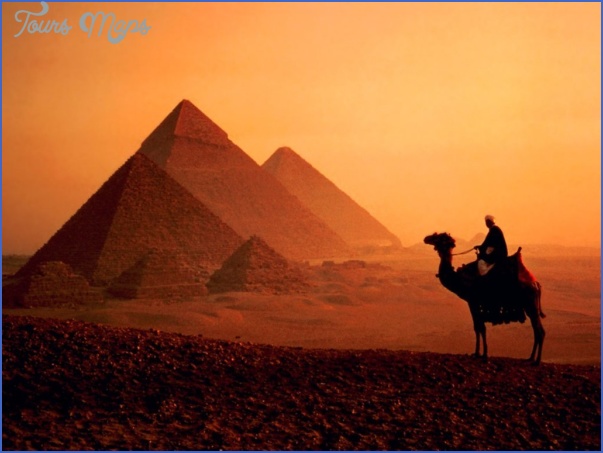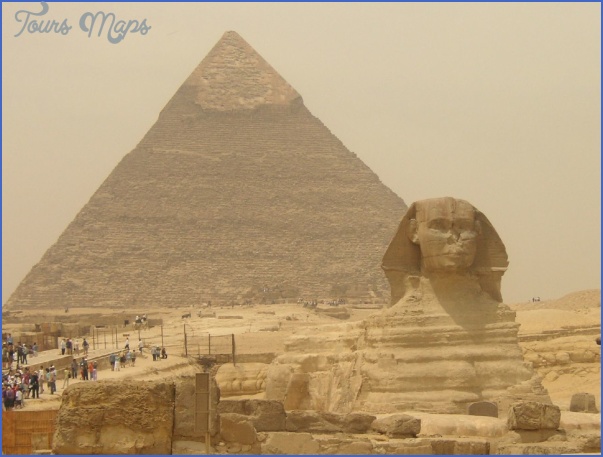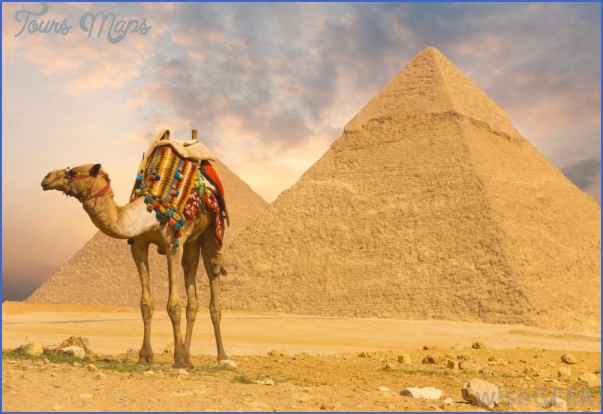Egypt is Africa’s number one attraction with about 1.3 million visitors each year. U.S. visitors number about 150,000 annually. Tourism is nothing new for Egypt; it was a destination for the ancient Romans. Egypt with its Nile River trips and its ancient tombs and temples is fascinating for those who enjoy a sense of ancient history. To the visitor much of Egypt is a living museum. The Nile, lifestream of Egypt, provides a ribbon of oasis in Egypt the desert. Without the Nile, Egypt as it is and has been would be impossible. Rising in Ethiopia and Uganda and flowing north, the Nile provides the water and the new soil needed to sustain agriculture. Like Egyptians have done for several years, the modern-day tourist can ride the current in a boat north on the Nile and then on the return trip go with the wind in the opposite direction.
Boat trips on the Nile have been popular at least since the time Cleopatra took Anthony for a trip. Thomas Cook, the first recognized travel agent, scheduled regular Nile excursions before the turn of the century. Perhaps the most pleasant way to see Egypt even today is to travel the twisting Nile via a luxury yacht or a steamer. Passengers are detached from the heat and the crowds yet can visit all of Egypt’s wondrous ruins at will.
For the Nile the old warning don’t go near the water takes on particular potency. In fact don’t even put your fingers in the Nile, or shake hands with someone who has Nile water on his hands. Schistosomiasis, snail fever, is a serious disease picked up from the larvae of worms that infest the Nile and many other fresh-water rivers and lakes in Africa and South America.
Egypt, officially the Arab Republic of Egypt, is located in the northeastern corner of the African continent. With forty-four million people it is the largest Arab nation and Africa’s most populous country after Nigeria. It is bounded by the Mediterranean Sea, Libya, Sudan, the Red Sea, the Gulf of Suez, and the State of Israel. The total area is slightly larger than California, Nevada, and Arizona combined. Only the land along the Nile and a few isolated oases, about 3 percent of the total land, can be cultivated. Because of the scarcity of water the population crowds into the Nile valley and delta, giving it a density of 3,900 people per square mile, one of the highest in the world. Bread is almost given away, less than a penny a loaf, subsidized by the government. The United States has provided much of the aid to Egypt largely to try to stabilize the Mid-East. Cairo, the capital, is bursting at the seams with more than eight million people, a metropolitan area population of fourteen million. If it continues to grow at the present rate, it will overtake Mexico City and Tokyo in population within a relatively short time. Alexandria, founded by Alexander the Great in the fourth century B.C., is the second largest city, with 2.5 million people.
Egypt’s train system between Cairo and other cities along the Nile is efficient and on time. Only the first-class cars, however, are air-conditioned. All tickets should be reserved. The trains are usually crowded and dusty.
Luckily for us moderns, the ancient Egyptians looked upon this life as only an antecedent to eternity. Great pains and colossal effort were taken to prepare the powerful for a continuation of life after death. Whatever was useful and beautiful was buried along with the mummified remains of the rulers. The tombs contained frescoed walls, furniture, golden sandals, pharano statues, and piles of jewelry along with food and transport to the next world (neatly packaged for eternity). The Valley of Kings, a huge burial site on the west bank of the Upper Nile, leaves the visitors spellbound.
Where the spirits have gone is unknown; the artifacts and the mummies are on display in Cairo, a tourist attraction and a grim reminder of mortality. Closer to home, the New York Museum of Art also contains forty thousand such objects.
Visitors to Egypt are left spellbound by the massive pyramids. The biggest, standing near Giza, seven miles from the heart of Cairo, was built by the Pharoah Cheops forty centuries ago. It reaches up forty stories high, awesome, mysterious. Covering about 13 acres, it is the largest stone structure in the world. Was it a tomb for Cheops, a quest for immortality or merely a monument to one man’s vanity? This monolith of perfect geometry was once gleaming white and smooth on the outside. Inside are passages, the purposes of which are still not completely clear even today. It is estimated that 100,000 workers toiled for over thirty years in building the massive pile of rock. Close by is the five-star Mena House Oberoi, a desert resort hotel for pyramid visitors.
As Mexico City, London, and Paris dominate their countries, so Cairo is Egypt’s primate city. Alexandria, on the shores of the Mediterranean, is 135 miles north of Cairo. Luxor, location of the Valley of the Kings, is 422 miles south. No fewer than 64 Pharaoh tombs have been found there. The Aswan Dam and its nearby tombs and temples are 534 miles south, located near the Nile’s first cataract. Aswan is a winter resort. Summer temperatures can reach 115 degrees, but with a dry heat like our Palm Springs. It is so hot that even the pitchmen normally around retreat to the shade. Abu Simbel, with its great temple dedicated to the Sun God, Ra, and its Smaller Temple, dedicated to the goddess Hathor, is about 170 miles south of Aswan. Both are more than three thousand years old.
The Hilton, Concorde, Sheraton, and Marriott hotels all operate Nile steamers, small cruise ships that take tourists from Cairo to Luxor and Aswan in five days.
Business travelers to Cairo are advised to stay in a downtown hotel to be able to walk to most government or private offices. Hiring a car is cheaper than taking a taxi. Taxi drivers automatically double their rates when they see a western face. Do not drive yourself. It is virtually impossible to find your way around or to locate a parking space.
Driving in Egypt can be adventuresome to say the least. The Mobile Motoring Guide to Egypt includes this advice:
The danger of uncleared land mines (some twenty thousand World War II mines remain in the north coast, Oattara area; and 1973 mines remain along the Red Sea Coast) is very real.
In case of injury or death of persons or domestic animals, remember that you cannot protect yourself from the crowd.
People who like a hot, dry climate can revel in Egypt’s climate, except for the season of the khamsin when for about fifty days in the spring dust becomes the curse of Cairo. Here is a description of khamsin from the Los Angeles Times2:
The western sky suddenly turns fiery red. The breeze dies. The waters of the Nile seem to stand still. Then wind stirs, the horizon darkens and great expanses of Egypt fall temporarily lifeless under the attack of powder-fine desert sand.
Visibility is no more than a few feet, and throngs of Cairo pedestrians, their eyes squinting and their noses full of dust, bounce off one another like windup toy men. The International Airport and the Suez Canal close and cars inch along, even at mid-day their headlights glinting dully.3 The cause comes from winds blowing in from the desert to fill a low-pressure area: hot, dry, dusty winds come from the south and humid heavy winds from the north. After the winds come the terrible heat of the summer. There is no scarcity of sand in Egypt. Ninety-five percent of the country is desert.
The most pleasant time to visit Egypt is between October and May, when the weather is surprisingly cool. During the summer temperatures in Cairo hover between ninety and one hundred degrees. In upper Egypt, in Luxor and Aswan, temperatures are usually between 105 and 110 degrees in the shade (about the same as in Las Vegas).
A word of caution about being too eager to see everything. Unless exceptionally eager and fit, admire the Pyramids at Giza from the outside. To reach the burial chamber inside can be an ordeal. The passageway leading to the chamber is two to three feet wide, steep, and lacks headroom to walk upright. It is extremely hot and has little air. Traffic jams of people occur and when the burial chamber is reached, there is nothing there. Grave robbers took the trip centuries ago.
Egypt has about thirty-eight thousand hotel rooms, by far the largest number of any nation in the Middle East or in Africa. Egypt has 31 government-backed hotels plus 214 privately owned ones. The Cairo Marriott is the largest hotel in the Middle East. Tourism income is expected to total about $1 billion a year, much needed in view of the fact that per capita income is less than $600 a year.
EGYPT Photo Gallery
Maybe You Like Them Too
- Sanctuary Makanyane Safari Lodge SOUTH AFRICA
- Ruzizi Tented Lodge Akagera National Park, Rwanda
- Map of BOTSWANA – Mombo Camp BOTSWANA
- One & Only Nyungwe House RWANDA
- South Luangwa National Park Safari



